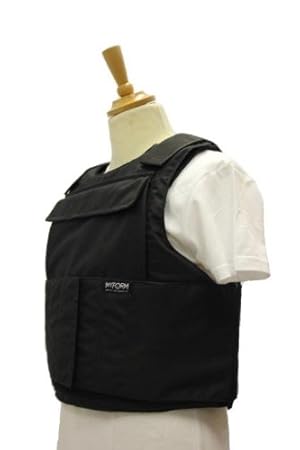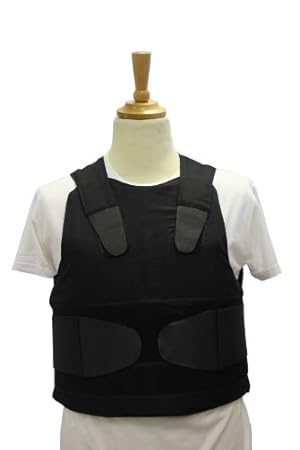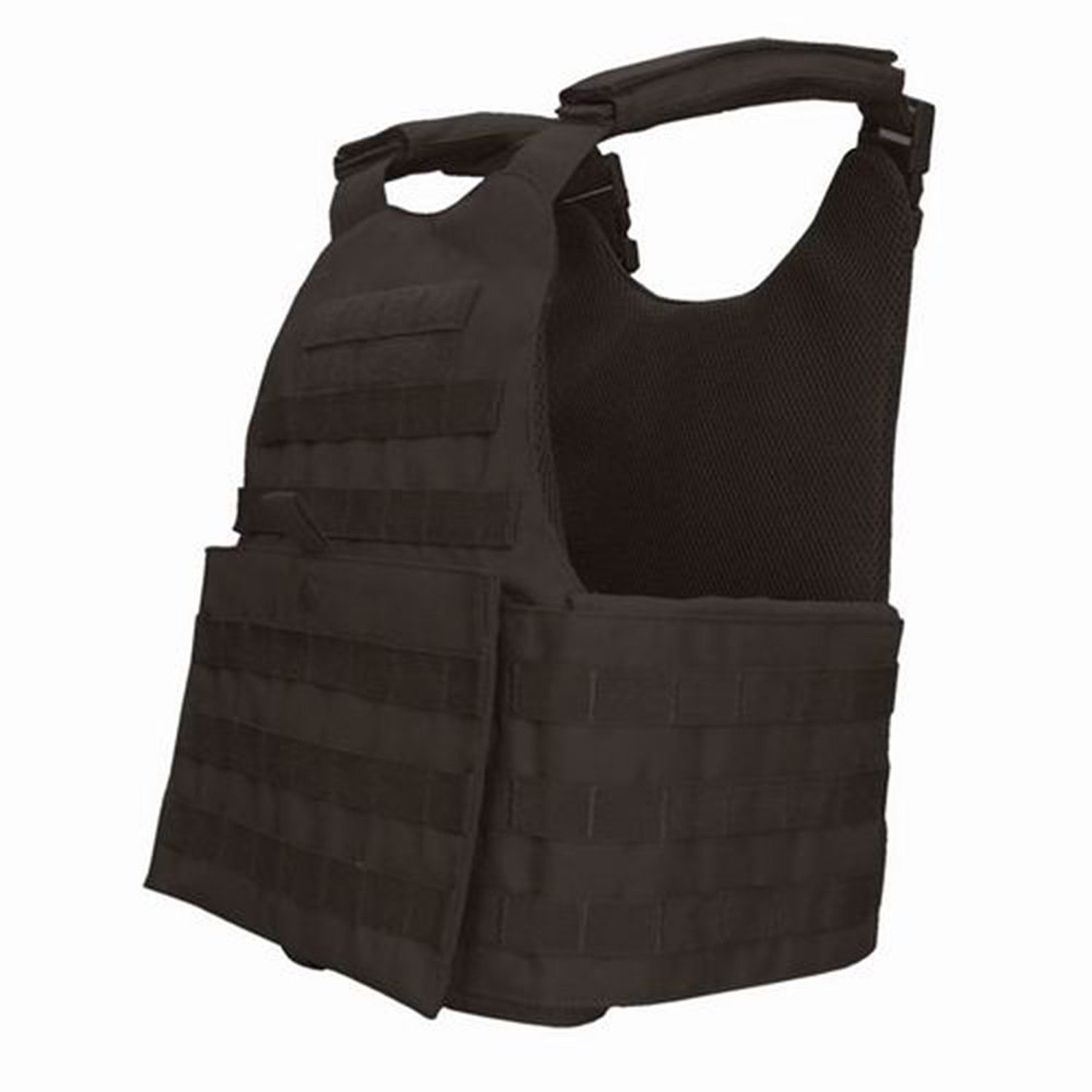Fernando
I am debating between traditional Kevlar body armor and plate carrier
with steel. I would be curious to hear your opinions on body armor
selection.
Thank you for the outstanding website and videos. I highly recommend
your work to practical minded persons.
Best regards
Manny
Hello Manny,
I think body armor makes a lot of sense. It used to be that people thought you were crazy for even bringing it up, but now its catching up little by little.
When crime is really bad out there, believe me, there’s many times in which body armor can be very important. My friends in Argentina, those that are “like minded”, they also understand the importance of armor and would go into a lot of trouble to procure it. Its not very realistic to think you’ll be the only one doing the shooting in a gunfight. Just like with owning a gun for defense, you need to own armor as well, and do so before someone is kicking your door down.
During high crime yet “normal” times, you’d use you BA in specific circumstances. Going to pick up large amounts of cash from the bank, visiting or traveling through bad parts of town for some reason, meeting up with strangers and when attending shooting classes where the risk factor is considered high due to people shooting in groups, sometimes finding yourself in a situation where you have to trust a stranger with a loaded gun right next to you or shooting as a team. Even beginner classes can be dangerous. My advice is to take body armor to all shooting classes.
Organizing a neighborhood watch or standing guard on your own after some disaster like a hurricane, storm or earthquake are good examples of body armor being good to have.

Your armor would be kept near by in your bedroom. Even for the popular “bump in the night” noise that needs to be inspected, just like you grab your gun and flashlight you should get used to putting on your armor as well.
My advice would be to start with an external vest level IIIA with soft panels and rifle plate holders.
The model pictured above does include the soft ballistic panels (kevlar, goldflex, etc), not rifle plates. This means it will stop most handgun rounds but without the rifle plates a rifle round wont be stopped. These are a bit harder to conceal but the carrier is more rugged and you have the pockets for plates. You can still carry it somewhat concealed under fleece or jacket and when you can you can expand by buying some panels. This set up would work well for those situations where you want to conceal it, but wont need to do so on daily basis, and when you want to wear it externally and include the rifle plates for more protection.

The concealable vest does have a place as well, but it is usually better for those that plan on carrying all day and need the extra concealment and comfort, while sacrificing durability and the pockets for plates.
Another option would be to go for a Plate Carrier and stand alone plates. These will stop rifle rounds, but the plates alone cover a small area and provide less protection than the plates+soft panels.

FerFAL
Fernando “FerFAL” Aguirre is the author of “The Modern Survival Manual: Surviving the Economic Collapse” and “Bugging Out and Relocating: When Staying is not an Option”.








4 comments:
I wonder if buying this stuff over the internet gets official notice. I also wouldn't be surprised if a zealous prosecutor used your body armor against you after a home burglary gone bad. Wouldn't they try to convince a jury you were looking to have a shootout with the criminal?
I'm not opposed to body armor, I'm seriously asking questions and would love to hear other people's opinions.
y.g.
I'm confused about the life-span of the soft vests. Kevlar, although it expires in 5 years or so, has been tested to be good many years later. There are complaints on the internet, however, about some of the laminated fabrics like Goldflex and Twaron delaminating.
If I convinced myself and my wife to get a vest, I wouldn't want something that's going bad in a few years. Especially if body armor is legally unavailable some time in the future.
Does anyone know where to get well built kevlar vests for a reasonable price?
y.g.
1) I think the 5 years refers to 5 years of police-like use --i.e worn constantly 8-10 hours per day soaked in perspiration and in contact with a 98.6 deg F human body. I would think that Intermittent use would extend that working life well out past 5 years.
2) To mimick such usages, the latest NIJ Testing protocol --NIJ 0101.06, adopted 2006 -- added a conditioning treatment to body armor in which it is tested for bullet resistance after 10 days of being tumbled in a
drum, 5 revolutions per minute for a total of 72,000 tumbles. At 80% humidity and 149 deg F.
Ref: https://www.ncjrs.gov/pdffiles1/nij/223054.pdf
3) Maybe Fernando would like to give his opinion/experience on some details of selection criteria for body armor. A lot of police get killed wearing body armor --as shown in the FBI report -- because crooks now know they are wearing it and go for head shots. So it seems to me it would be important to conceal the armor because it loses much value if an attacker can see you are wearing it.
4) On the other hand, level IIIA is not much thicker than level II and IIIA can stop some penetrating rounds like 357 Magnum in FMJ (level II just tests 357 in JSP), 38 super, 357 sig. I don't know if IIIA can stop the 7.62 Tokarov round but I would think it would do better than II.
5) In hot climates, however, Level II would probably be more easily concealed under hot weather light weight shirts. Some argue it is not as hot as IIIA but I wonder whether heat is more a matter of whether the sides are left open for ventilation. Some armor wraps around to cover the sides below the armpit but I would think that adds heat while the shoulder opening to the heart is left unprotected.
6) Level II vs IIIA is Tough decision -- like the 45 vs 9mm argument. One survey of USA police that I've seen indicated 41% of police use Level II and 35% use IIIA. No indication of whether the IIIA people are in the colder north and II people are in the South. Or if regular patrol police in uniform wear IIIA while undercover cops wear II since body armor is a tipoff that one is a policeman (US law bans convicted felons from owning body armor.)
At Don Williams
I realize this is a bit late to comment on what you posted and I doudt you will see this. However, why wearing body armor mean you are a police officer and under cover? It is also illegal for convicted felons to own guns and we have seen how well that works.
Post a Comment